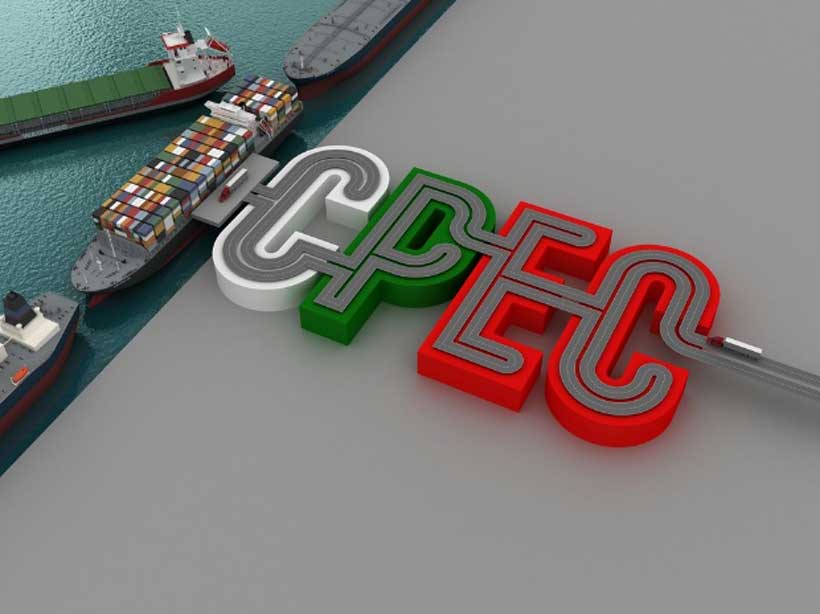ISLAMABAD: As the China-Pakistan Economic Corridor (CPEC) has entered the second phase, Pakistan needs to adopt aggressive marketing strategies to attract Chinese investments. This phase aims to deepen economic collaboration and boost industrial growth, requiring a focused effort to enhance Pakistan’s appeal to Chinese enterprises.
Talking to Media, Dr Hassan Daud Butt, an associate professor and former project director of CPEC, said the multibillion-dollar project had created significant opportunities for Pakistan, but the challenge now was to effectively capitalise on them.
He stated that establishing cooperation zones and attracting investments demanded a stable business environment, with crucial roles for the government and business chambers. “Pakistan must focus on inclusive growth while addressing geopolitical challenges and promoting sustainable development across sectors.”
“The first phase of CPEC witnessed the establishment of foundational infrastructure, and the second phase focuses on a more targeted effort to promote Pakistan’s strategic location, competitive operational costs, and access to emerging South Asian markets,” he remarked.
Hassan said that South Asia was one of the fastest-growing economic regions in the world, with increasing consumer demand and expanding markets. “Pakistan’s location provides direct access to these emerging markets, offering investors opportunities to tap into a growing consumer base. The second phase of CPEC will focus on showcasing how investments in Pakistan can serve as a gateway to these dynamic markets, facilitating easier and more profitable market entry for businesses.”
He suggested that to attract investments, aggressive marketing efforts were essential. “It is crucial to showcase success stories that highlight Pakistan’s potential as an investment destination. Promoting investments in technology, mining, tourism, agriculture, and renewable energy will strengthen the country’s economic foundations. Furthermore, both local and foreign private investments are needed in education and vocational training to develop a skilled workforce that can meet the needs of modern industries. Currently, only a few urban areas have the capacity to provide a workforce for various modern industries.”
According to the ministry of planning and development, there will be increased efforts to engage with Chinese businesses directly and provide them with comprehensive information about investment opportunities in Pakistan. –INP




